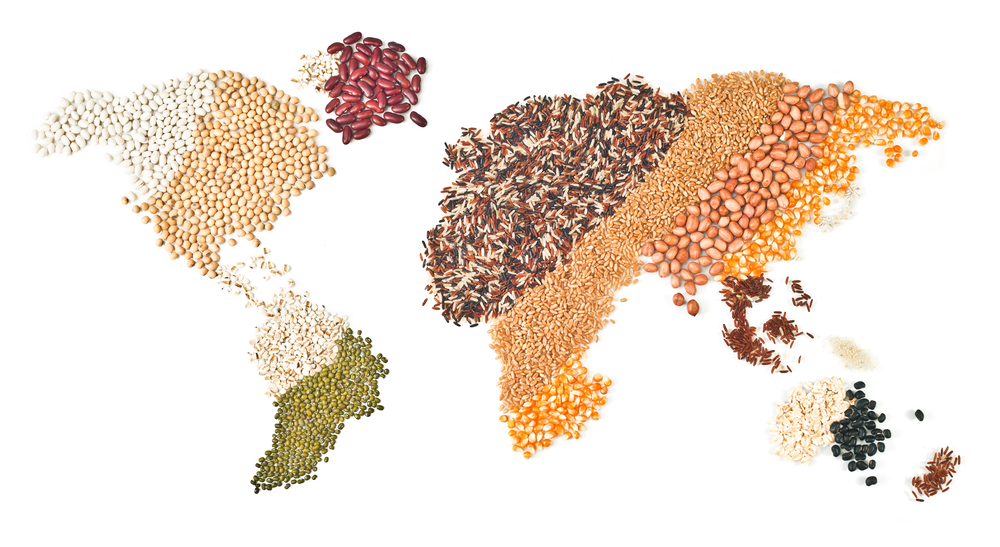Researchers have reimagined a new layout that would maximize crop yields while reducing carbon emissions and restoring natural habitats worldwide.

If we really want to maximize yields and minimize carbon emissions, it’s time to reevaluate where crops grow best. Scientists at the University of Cambridge are taking a shot at how to best redraw the global agricultural map.
Earlier this month, the researchers released a map that shows how relocating farmland around the world could positively impact the environment. To create the optimal cropland map, scientists used preexisting maps of farmland for 25 major crops globally—including wheat, barley and soybeans—to create a mathematical model that redistributes the cropland across the world without negatively impacting the overall crop yields.
The study, published in Nature Communications Earth & Environment, was co-authored by Robert Beyer, a former researcher at the University of Cambridge’s Department of Zoology. In the report, he wrote: “In many places, cropland has replaced natural habitat that contained a lot of carbon and biodiversity—and crops don’t even grow very well there. If we let these places regenerate, and moved production to better-suited areas, we would see environmental benefits very quickly.”
On the new map, new farming areas for major crops are added in the United States’ midwest region—referred to as the corn belt—as well as in the Sahara desert. This new farmland would replace large swaths of agricultural land in Europe and India, which would, in turn, be restored to natural habitat.
According to the researchers, the reimagined map could cut the carbon impact of cropland across the globe up to 71 percent by allowing some regions to return to their natural, carbon-sequestering, forested state.
Additionally, the “redesign”—as the University of Cambridge press materials refer to it—would erase the need for irrigation entirely, relying instead on natural rainfall in wet regions to keep the crops growing. It would also reduce the impact of farmland on biodiversity by 87 percent, according to the research, by reducing the extinction risk to many species caused by managed land.
The scientists behind the study believe that the once-farmed areas (which are currently being farmed) could return to natural habitat easily within a few decades and, in doing so, capture the equivalent of 20 years worth of our current carbon emissions.
[RELATED: Can We Fix the Global Food System by 2045?]
The map is the first of its kind to plot the relocation of cropland to increase environmental benefits long term without negatively impacting food security worldwide. The overall goal of the research is “highlighting places where croplands are currently very unproductive but have potential to be hotspots for biodiversity and carbon storage.”
While researchers note that the full-scale relocation is not a likely scenario, even implementing segments of the redesign would have positive impacts. “It’s currently not realistic to implement this whole redesign. But even if we only relocated a fraction of the world’s cropland, focusing on the places that are least efficient for growing crops, the environmental benefits would be tremendous,” said Beyer in the study.
Wouldn’t this create more “pollution” by creating the need to ship even more crops worldwide